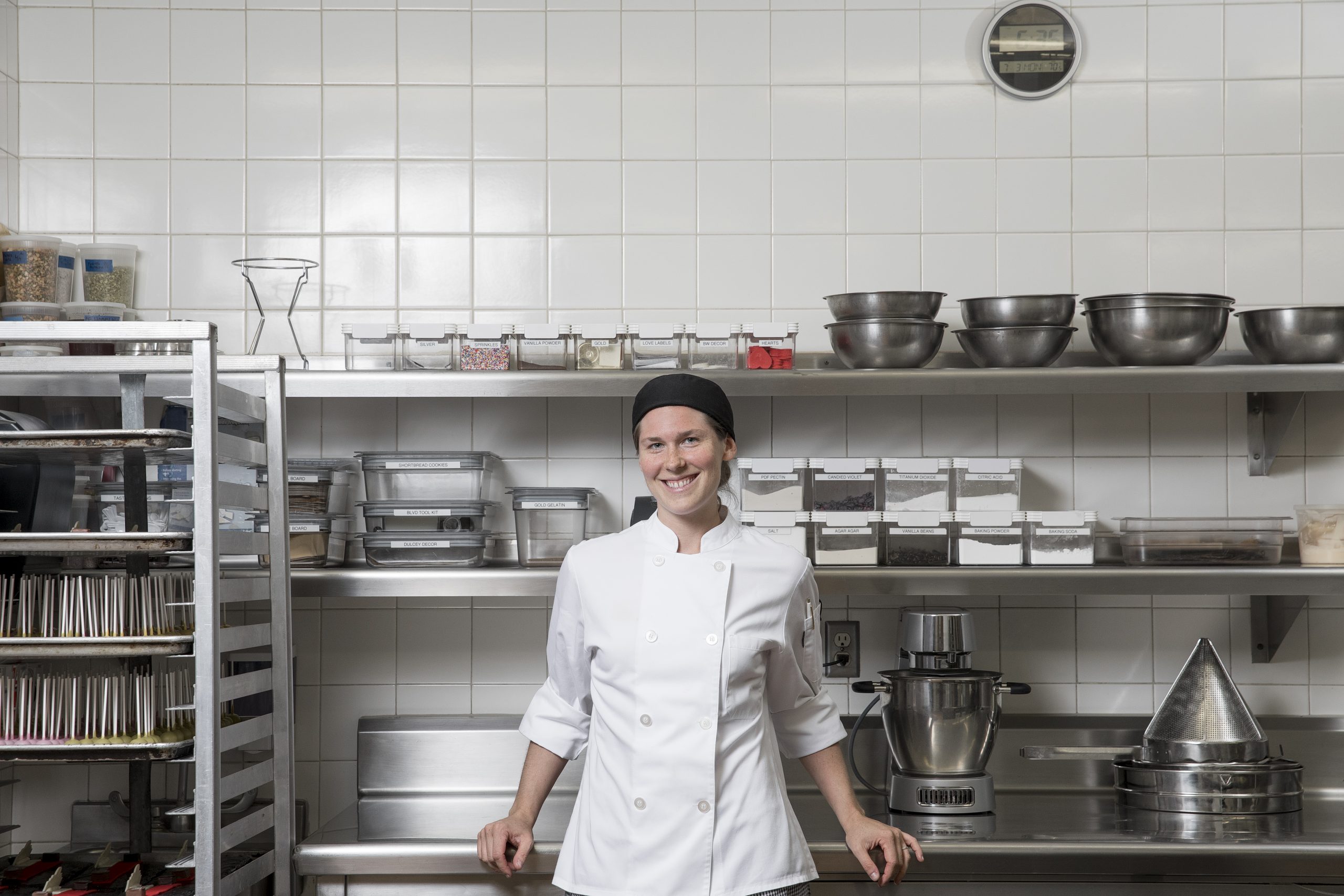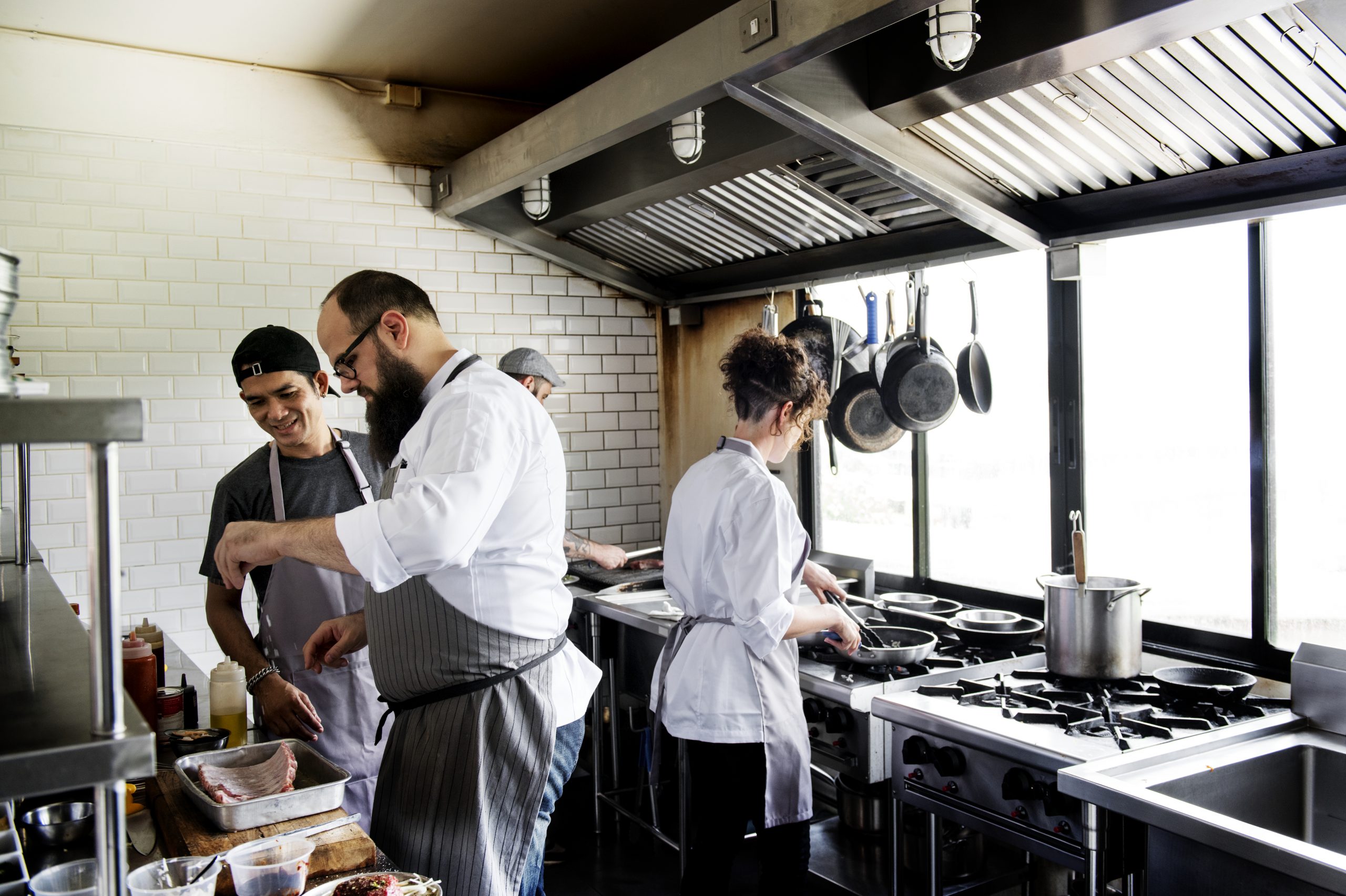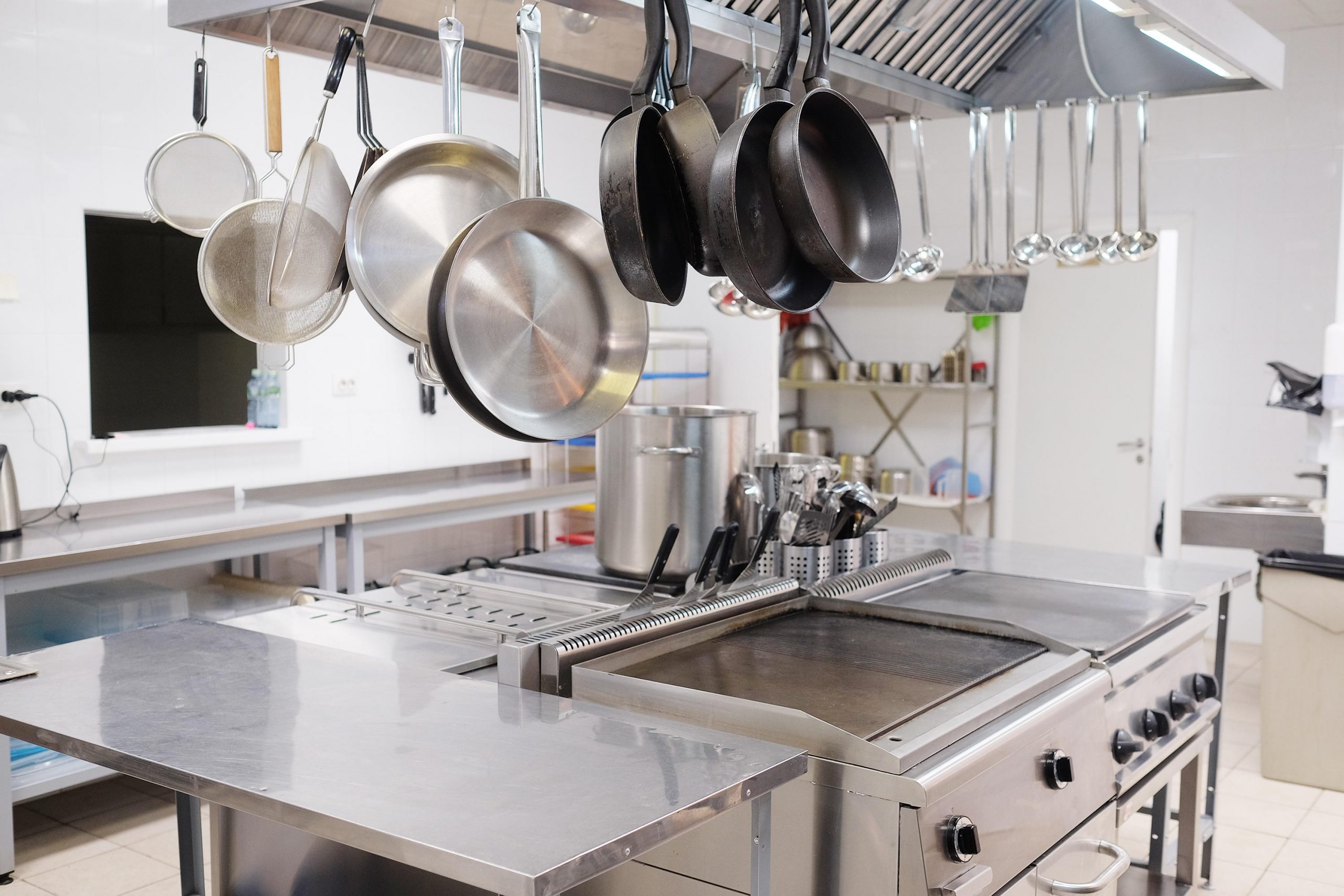Best Tips on How to Organize and Tidy up Your Commercial Kitchen

In a restaurant, café, bakery or any food related businesses, the kitchen is the most integral and the busiest as well. Efficiency is important when running a big or even a small commercial kitchen. You have to keep a fast pace, while ensuring food quality and sanitation. That’s why it is vital to keep everything as organized as it should be. So we listed out some tips on how to organize and clean up your kitchen.
Lay it out
Our imagination can sometimes take us way too far, leading us to buy more and more things we don’t actually need. So to get a better picture of how you are going to organize your kitchen, it’s always good to lay it out on paper. This would also help in making sure that things won’t go out of place.Keep within your reach
Have you ever heard of a pan or a spatula fallen into somebody’s head in your kitchen? Yes? Then maybe your tools are not in their rightful places. Length and distance are also important considerations when organizing your kitchen, and to avoid such accidents, keep your tools at a height and measurement that anyone can reach.You need space
A personal workspace will aid in the smooth operation of the kitchen. Set up a separate workstation for each task. Prepping and baking, the hot station, the cold station, finishing/plating, and cleaning should all be separated from one another; this is especially important for the meats, greens, and dessert prep stations to avoid food contamination. Among other things, food safety is of course our top priority.
It’s time to hang up
Drawers keep things looking neat and tidy, but they can be a pain in a busy kitchen. Hanging small tools such as a small saucepan, tongs, whisks, strainers and such can improve the traffic in your kitchen. Keep it near the prepping or cooking area so your chefs can just pull out the tools they need from an arm-length distance without needing to dig up a full drawer, you should.
Open up your shelves
Speaking of drawers, you should pay attention to your cabinets. Again, aesthetically, this may look good as it hides all the mess behind closed shelves. However this can be time consuming when opening and closing doors, not to mention that it can be accident-prone as well. Your best option is to set up sturdy/well-mounted and reliable open shelves, and stainless racks. This makes it much easier to identify what goes where without having to go through as much trouble.First in…First Out
Food products have a short shelf life, and part of kitchen organization is reducing waste. Follow the first in, first out method when storing items in the refrigerator/freezer or rack storage; what went in first should be the first to be consumed. This tip will help you avoid spoilage, especially on fresh goods.
Put a label on it
Labeling is essential in everything to avoid the questions, “what’s what?” and “what’s not” while scouring all corners for the right ingredients. This will only take up a lot of your time. Label. A waterproof label will come in handy when working in the kitchen. It is also a good idea to include dates on the label, especially for handcrafted items, to allow for better tracking of production and expiration datesCaution! Caution! Caution!
Your staff and customer’s safety should be your utmost priority. Put safety and warning signs on areas necessary, you must set aside some blank labels for customers’ special requests, these which mostly concern their diets and allergies. to avoid conflict, it’s always better to take notes.If you want to start organizing your commercial kitchen, you can start with these things and work your way through them.
In any way, it’s always best to consider your natural workflow in arranging and organizing your things in the kitchen. Visit Comcom here for more of your kitchen supplies needs!
